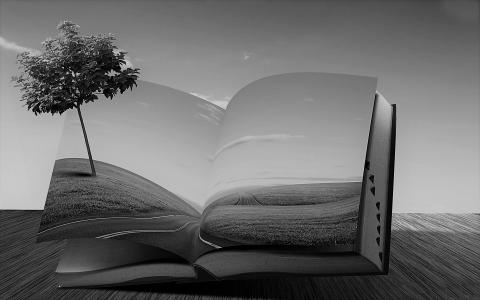
One end of Udayana’s story takes place in Kauśāmbi, and the other, in Ujjayinī. Furthermore, many of the sub-stories take place in and around Ujjayinī. One wonders as to how many people like Kāṇabhūti and Vararuci, Guṇāḍhya heard these stories from, roaming the regions of the Vindhyās, Ujjayinī and Kauśāmbi, and in which all languages, in order to compile them! It is no surprise if people talk about Guṇāḍhya in the same breath as Vyāsa and...
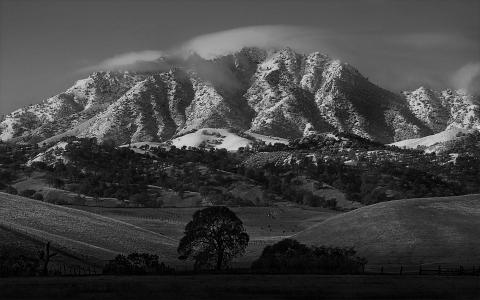
An Examination of the Story[1] of Guṇāḍhya
Now let us take a look at why and how might have Vararuci, Kāṇabhūti, and Śātavāhana appeared in the context of the publication of the Bṛhat-kathā.
Both Kṣemendra and Somadeva composed their works based on a treatise in the Paiśācī language that was available in Kashmir during their time. The name of that source work was possibly ‘Bṛhat-kathā’ or ‘Bṛhat-kathā-sāra’ and it already contained the kathā-...
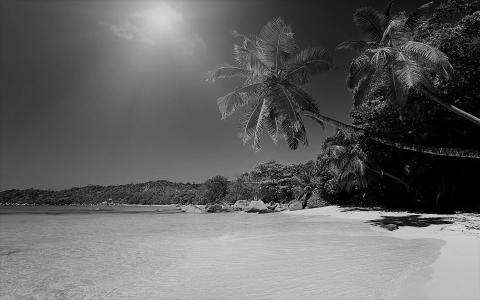
Sātavāhana
Paithan is a town on the banks of the Godavarī in the Aurangabad district of the Hyderabad province and is now in the state of Maharashtra. This is the erstwhile city of Pratiṣṭhāna. The Āndhra kings or the Āndhra-bhṛtyas ruled this town. The coins they minted declare them to be Sāta-vāhanas or Sāda-vāhanas while the purāṇas call them 'Sāta-karṇis.' There were many kings by these names. Therefore we should assume that Sāta-vāhana is...

Bhūta-bhāṣā – Paiśācī-bhāṣā
Guṇāḍhya did not compose the Bṛhat-kathā in the Sanskrit language and it is said that he wrote it in the Paiśācī-bhāṣā. (Daṇḍin and others call this ‘Bhūta-bhāṣā’). This is quite possible. It is but natural for all regional stories to be first born in the vernaculars and then spread through them. They enter formal written literature only later. It is also common to be faced with the following doubt upon seeing the...
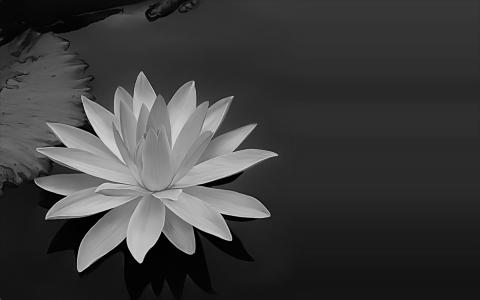
The Story of Guṇāḍhya in the Nepāla-māhātmya
The Nepāla-māhātmya comprises four chapters—twenty-seven to thirty—in the Himavat-khaṇḍa of the Skanda-purāṇa. It narrates the greatness of Bhṛṅgīśvara-liṅga. It is said that Guṇāḍhya installed this liṅga. And because he was said to be an avatāra of Bhṛṅgi, it got the name ‘Bhṛṅgīśvara-liṅga.’(Since this is part of a purāṇa, at the great yāga of Janamejaya, upon the request of Jaiminī, Mārkāṇḍeya...

The Sanskrit Translation of Bṛhat-kathā by Durvinīta
Till now the available Sanskrit works related to the Bṛhat-kathā are only three—composed by Kṣemendra, Somadeva, Budha-svāmin. But even earlier, in the times of Bhāsa (3rd century CE) Daṇḍin, Bāṇa, Subandhu, Harṣa (6th and 7th centuries CE) it was famous. Then, which was the literary work containing these stories? It can’t be the original Bṛhat-kathā by Guṇāḍhya. It was lost by the time of...

The Bṛhat-kathā-śloka-saṃgraha is peppered with light-hearted and sweet humour here and there. The work also delineates profound lives of the common men and is devoid of vulgarity. There is hardly any content that can classify as immoral or inappropriate. The descriptions that come as a part of the stories are apt, elevating and not very elaborate. The poet employs alaṅkāras that are not complex and are easy to comprehend. The story of Vatsarāja...
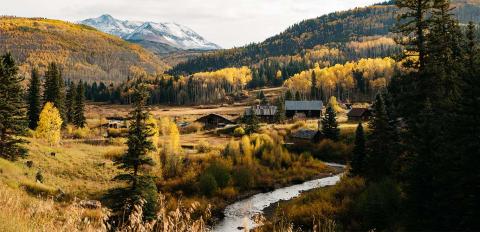
Bṛhat-kathā-śloka-saṃgraha
Budha-svāmī’s Bṛhat-kathā-śloka-saṃgraha is probably older than both Kathā-sarit-sāgara and Bṛhat-kathā-mañjarī. It’s time is unknown. Lacôte opines that the work might be from the eighth or the ninth century CE. Since the manuscript was first found in Nepal, it has been guessed that the author must be from Nepal. The poet has divided the work into sargas. There are no lambakas, unlike the works of Somadeva and...
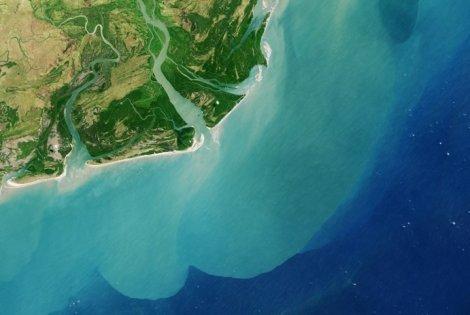
The word ‘Kathā-sarit-sāgara’ literally means an ocean that is formed as a result of the confluence of many rivers of stories. Though the name of the work is famous and is largely in vogue today, a question naturally arises – did the author name the work so or did it get the name in the recent years. The word ‘Kathā-sarit-sāgara ’ occurs in the closing verse of the work.[1] The verse, however, is quite different from the others in its structure...

कवीन्द्रमानसाम्भोजनिवासभ्रमरीं नमः।
देवीं सहृदयानन्दशब्दमूर्तिं सरस्वतीं॥
(सोमदेवः)
श्रीरामायणभारतबृहत्कथानां कवीन्नमस्कुर्मः।
त्रिस्रोता इव सरसा सरस्वती स्फुरति यैर्भिन्ना॥
(गोवर्धनः)
When I decided to write Vacana-bhārata, I wanted to take a look at how Kṣemendra had condensed the epic and so perused through his work Bhārata-mañjarī [which is an abridged retelling of the great epic]. During the same period, I also happened to go through...
